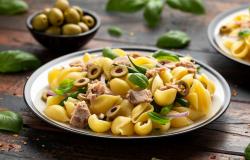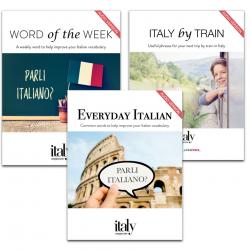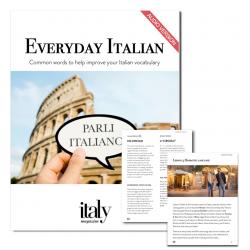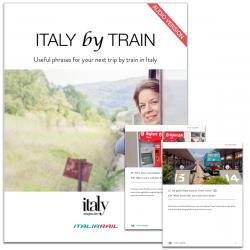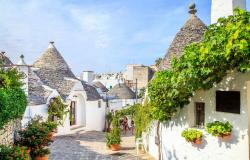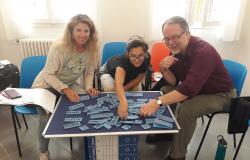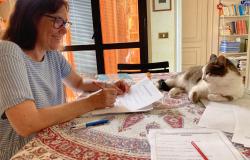Palermo’s Cathedral, a Prime Example of Sicily's Unique Arab-Norman Architecture
ITA:
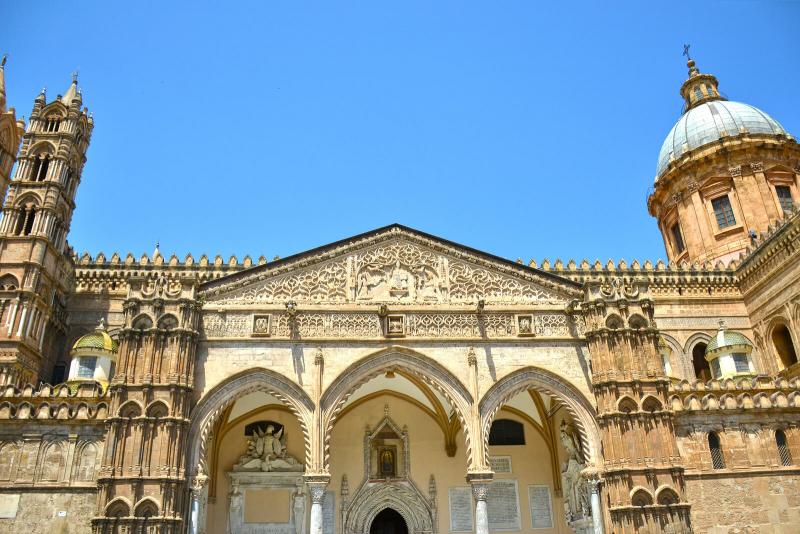
Use player to listen to Italian version
Greek, Roman, Arab, Norman, Swabian: throughout the centuries, Palermo was ruled by different civilizations and this is reflected in the city’s architecture, a mixture of Arabesque and Norman magnificence, of Baroque and Liberty styles.
The multi-ethnic past of Palermo is visible in the Cathedral, one of the most important historic buildings and a Unesco World Heritage site, erected in 1184 by the Archbishop Gualtiero Offamilio, in honor of the Assumption of the Virgin Mary. It was repeatedly remodeled, restored and altered, resulting in the presence of different styles.
The cathedral was erected on the site of a previous worship place; it was a Mosque when the city was ruled by the Arabs, and reconverted into a Christian building after the Saracens were expelled and the Normans settled in.
The Norman style (Romanesque architecture developed by the Normans in the various lands under their dominion in the 11th and 12th centuries a style; it features the typical Romanesque rounded arches, and massive proportions) is indeed predominant.
The exterior is embellished by four Norman style towers.
In the southern part, the Cathedral is connected, through two pointed arches, with the Archbishop's palace, making the church look like a castle and a symbol of temporal, rather than spiritual, power.
Most of the modifications and additions date back to the 18th century, when the church plan was modified to become a Latin cross; the interior is inspired by the Neoclassical model; and a dome was built at the intersection of the side arms with the central nave.
Two chapels in the right aisle host the tombs of the kings and emperors who ruled the city; the most important are those of Frederick II, King of Sicily from 1198, and Roger II, King of Sicily from 1130.
The chapel of Santa Rosalia, patron saint of Palermo, was completed in 1635.
Don’t miss the panoramic views from the roof.
Greca, romana, araba, normanna, sveva: nel corso dei secoli, Palermo fu governata da diverse civiltà e ciò si riflette nell'architettura della città, un misto di magnificenza araba e normanna, di stili barocco e liberty.
Il passato multietnico di Palermo è ben visibile nella Cattedrale, uno dei più importanti edifici storici e patrimonio dell'Unesco, eretto nel 1184 dall'arcivescovo Gualtiero Offamilio, in onore dell'Assunzione della Vergine Maria. Fu più volte ristrutturata, restaurata e modificata, con la conseguente presenza di stili diversi.
La cattedrale fu eretta sul sito di un precedente luogo di culto; era una moschea quando la città era governata dagli arabi, e fu riconvertita a edificio cristiano dopo che i Saraceni furono espulsi e i Normanni vi si insediarono.
Lo stile normanno (architettura romanica sviluppata dai Normanni nelle varie terre sotto il loro dominio nei secoli XI e XII, presenta i tipici archi a tutto sesto romanici, e proporzioni massicce) è quello predominante.
L'esterno è abbellito da quattro torri in stile normanno.
Nella parte meridionale, la Cattedrale è collegata, attraverso due archi a sesto acuto, con il palazzo arcivescovile, facendo assomigliare la chiesa a un castello e richiamando così un simbolo del potere temporale, piuttosto che spirituale.
La maggior parte delle modifiche e aggiunte risalgono al XVIII secolo, quando il piano della chiesa fu modificato a croce latina; l'interno è ispirato al modello neoclassico; e una cupola fu costruita all'incrocio dei bracci laterali con la navata centrale.
Due cappelle nella navata destra ospitano le tombe dei re e degli imperatori che governarono la città; vanno citate quelle di Federico II, re di Sicilia dal 1198, e Ruggero II, re di Sicilia dal 1130.
La cappella di Santa Rosalia, patrona di Palermo, fu completata nel 1635.
Da non perdere le vedute panoramiche dal tetto.
